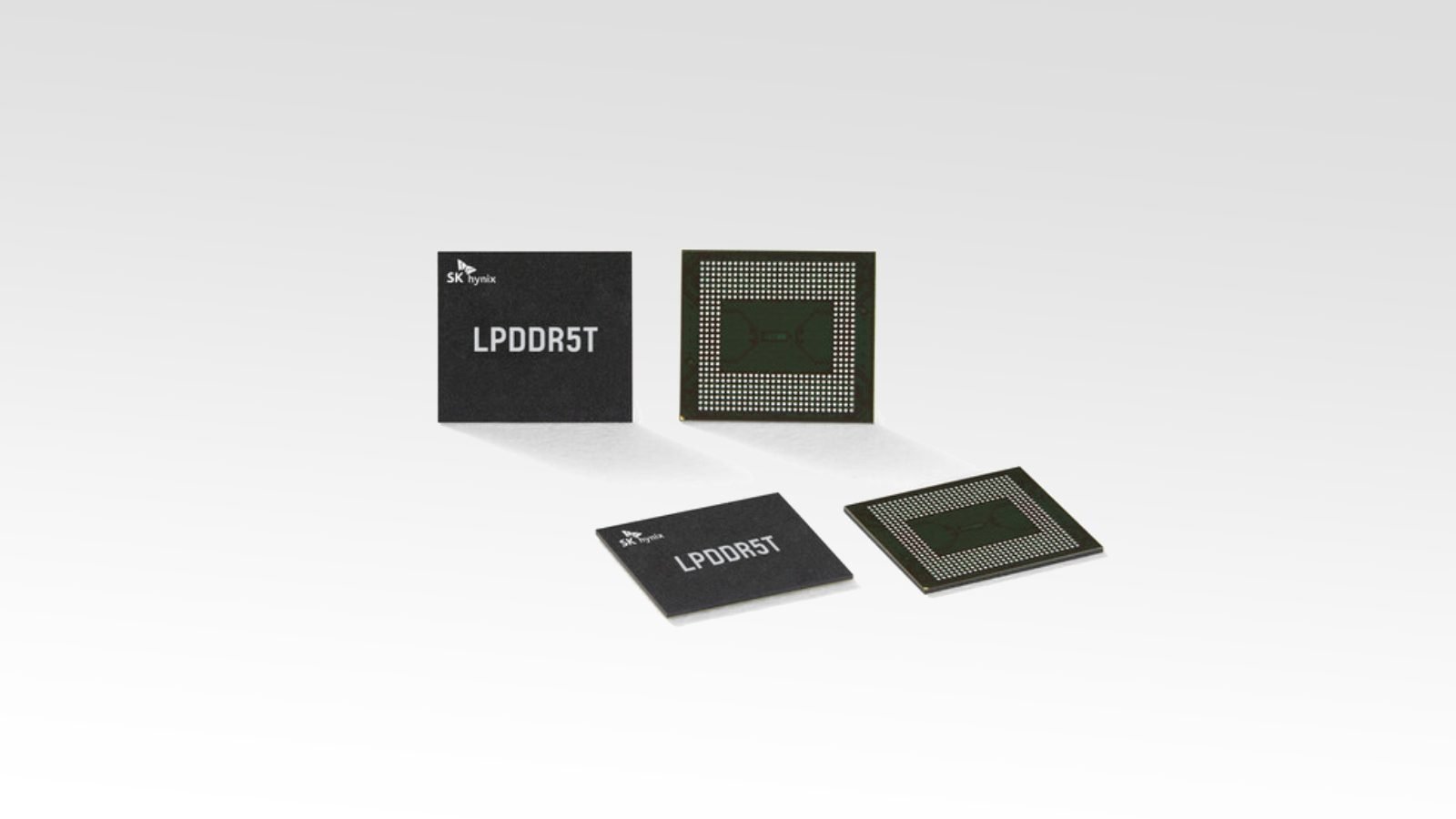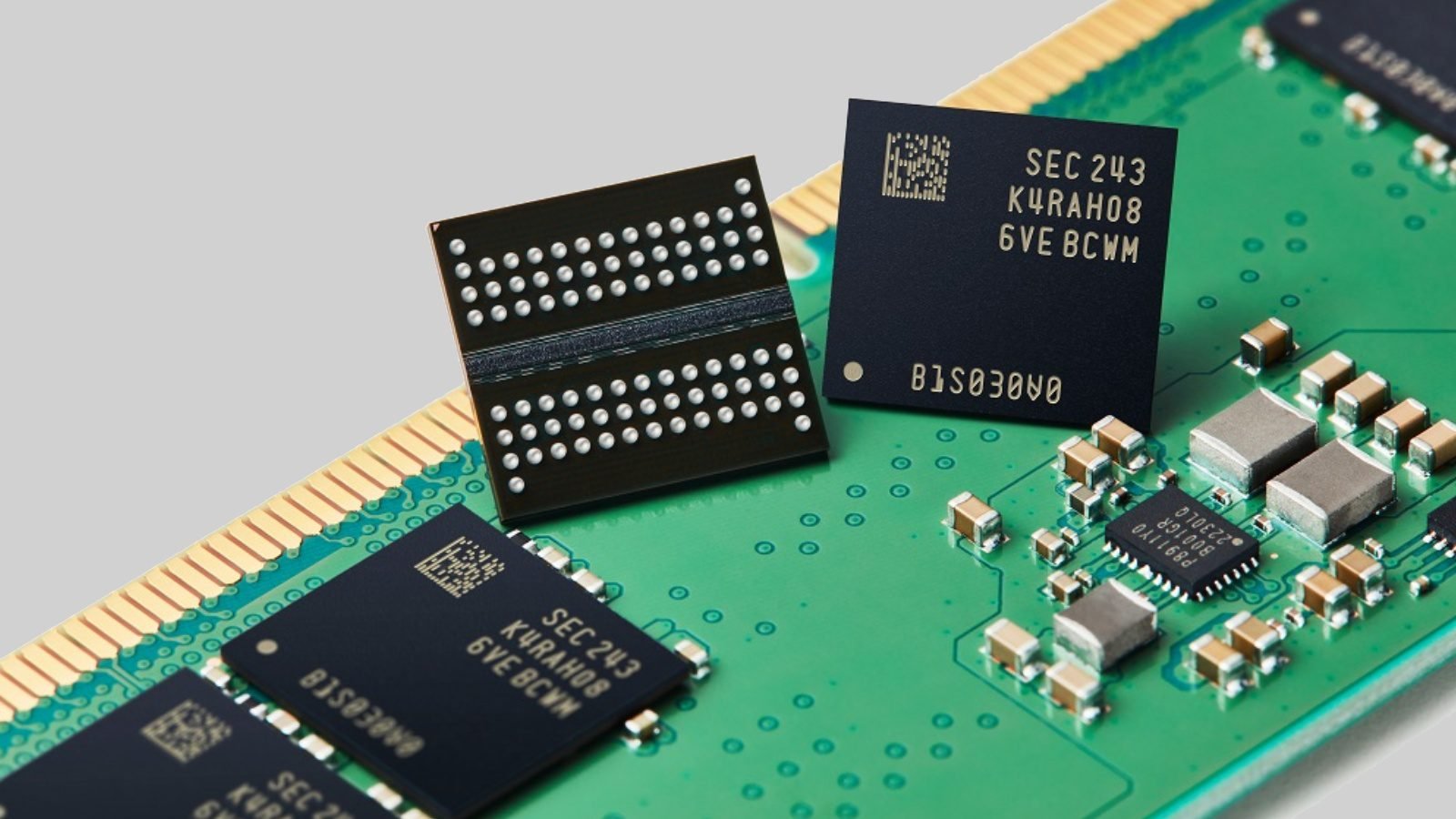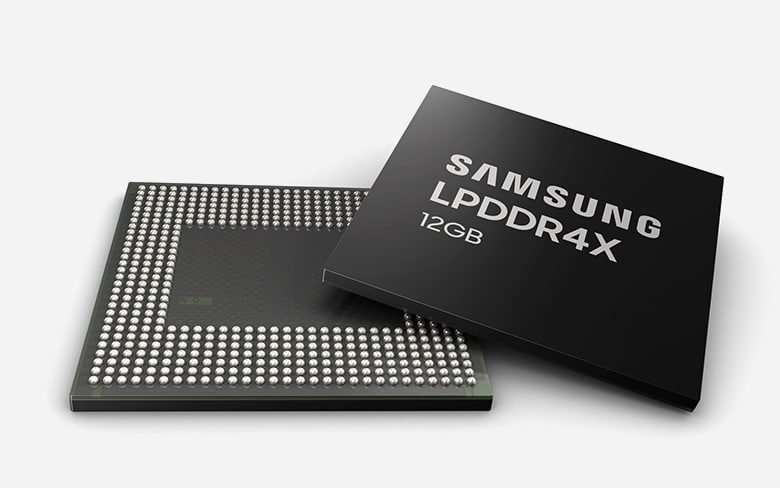Table of Contents
Highlights
- DDR4 RAM holds strong in 2025, maintaining impressive performance and stability even as DDR5 expands. Its continued availability makes it a reliable choice for both gamers and professionals.
- AI and cloud-driven workloads keep DDR4 RAM in demand, proving that the older standard still delivers dependable efficiency and real-world performance across diverse computing environments.
- DDR4 RAM remains a smart, budget-friendly option, giving system builders and upgraders a perfect balance of cost, compatibility, and consistent performance without compromising value.
Global DRAM markets have turned decisively: DDR4-3200 modules currently average around $25 per piece, a surprising level of resilience that has re-scaled upgrade choices for builders, businesses, and system makers. What started as sporadic volatility has evolved into sticky repricing, driven by demand from AI and data-center workloads, manufacturing reallocation towards DDR5, and inventory control tactics throughout the supply chain.
Supply Dynamics and Manufacturer Strategy
Producers have been redirecting wafer and packaging capacity to DDR5 and high-bandwidth memory to fulfill hyperscaler and AI-driven demand. That shift has the dual benefit of decreasing the supply of newly available DDR4 modules and coaxing module houses and distributors into holding current inventory in hopes of even-higher prices. The net is tighter spot markets and rising retail volatility, even as long-term projections continue to presume a gradual transition to DDR5.
Demand Pull from AI and Cloud
Memory usage associated with big language models and other memory-hungry AI applications has maintained long-term upward pressure on DRAM demand as a whole. Even though a lot of that incremental demand is for next-generation memory architectures, the general constriction in substrate, test, and packaging capacity creates ripples into backward compatibility supplies of DDR4. Companies expanding GPU clusters and custom accelerators are lifting the floor on DRAM pricing across categories.

Value Shift Between DDR4 and DDR5
For a long time, DDR4 was the definitive budget option, chosen for cost-per-gigabyte and extensive platform support. That price disparity has closed. With DDR4-3200 modules priced around $25 and entry-level DDR5 kits growing more competitively priced, the math for remaining on old platforms changes to platform lifespan and overall cost instead of module price. Most shoppers now consider motherboard and CPU upgrade expenses, performance benefit, and refresh or resale cycles before buying.
Indian Market Impact
India, as much as an import-oriented economy, is tracking the world while adding steam through currency fluctuations, import taxes, and logistics fees. Listings at principal Indian technology centers reveal 8GB DDR4-3200 memory modules, which were trading in the vicinity of ₹2,000 a few months ago, now mostly range from ₹2,800 to ₹3,200 based on brand, guarantee, and distributor margin. For system builders and tiny repair operations that run on marginal profits, these hikes substantially alter configuration decisions and buying timing.
Procurement Responses in India

Indian corporate buyers and schools are making changes to procurement strategies. Some are hedging by locking in bulk orders for prices not to rise any further, while others postpone nonessential upgrades. Retailers and prebuilt sellers, at times, just eat short-term price hikes or offer bundled DDR5 promotions with motherboards to encourage adoption of newer platforms. Refurbishers emphasize cost-per-compute to keep using DDR4 in some budget scenarios.
Channel Frictions and Local Costs
Minimum order sizes, lead times, and GST with increasing freight costs create layers of price pressure for Indian buyers. Such structural frictions result in global spot-price movements being translated into more extreme retail movements locally. Smaller integrators generally do not have the buying scale to moderate these swings, creating a patchwork of pricing across seller types and regions.
Some Practical Considerations for Buyers
Buyers need to break the habit of using DDR4 as a default budget choice and begin measuring platform-based costs. Compare overall platform price, including motherboard, CPU, and potential resale value. Consider warranty and supply reliability by channel. For fleet buying, do scenarios both for delayed refresh and phased DDR5 adoption to calculate the total cost of ownership across representative lifecycle windows. System builders might take some temporary refuge in repaired units or used channels. In the medium term, if producers persist in favoring DDR5 production, DDR4 prices might stay high until channel inventories recover and DDR5 yields continue to rise.

What This Means for the Market
The swift repricing of DDR4-3200 modules showcases the pace at which supply-chain strategy and exploding AI demand can turn established value relationships inside out in consumer electronics. For India, high DDR4 prices create a sense of urgency for buying planning and could hasten DDR5 adoption among consumers, balancing durability and downstream performance versus short-term costs.